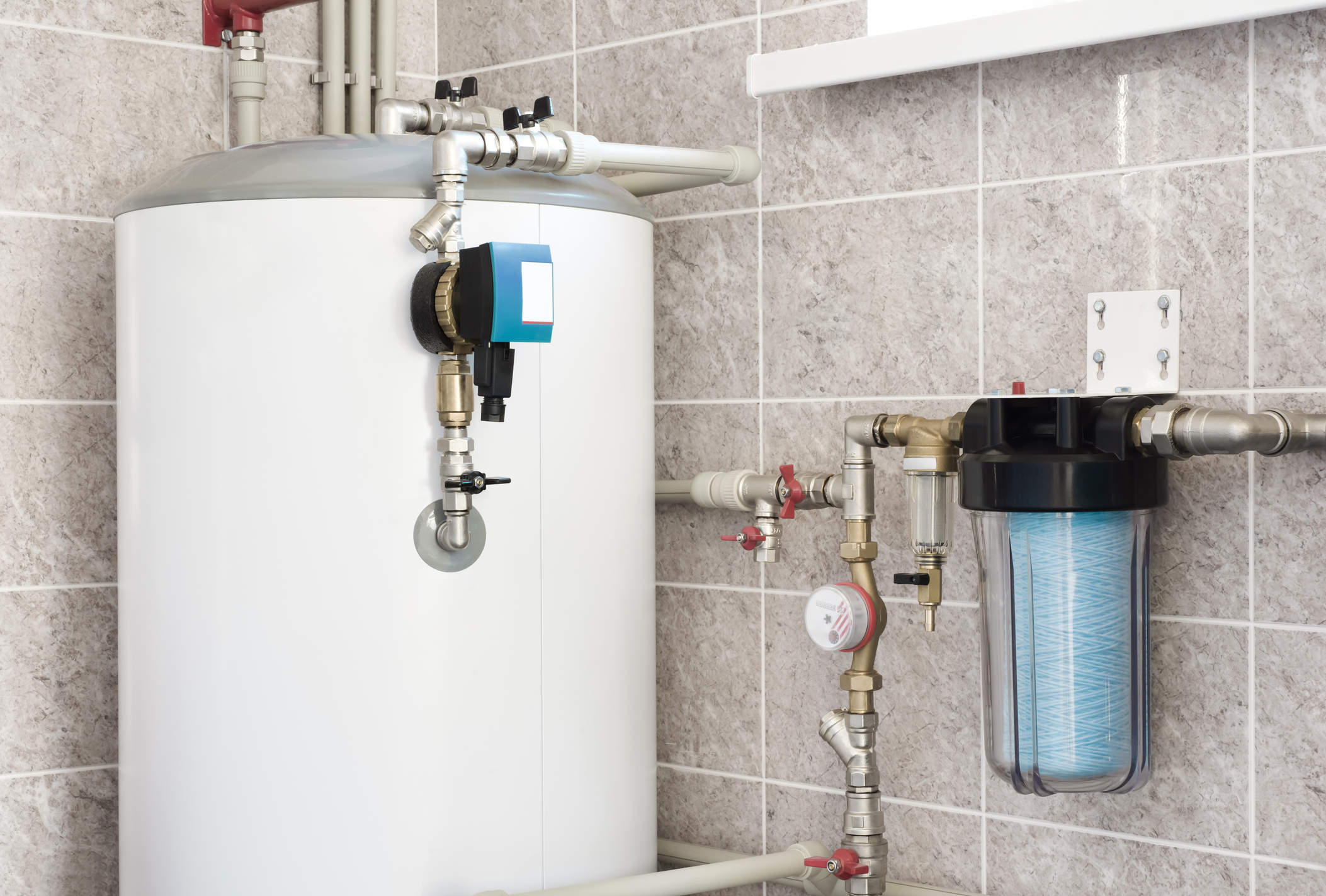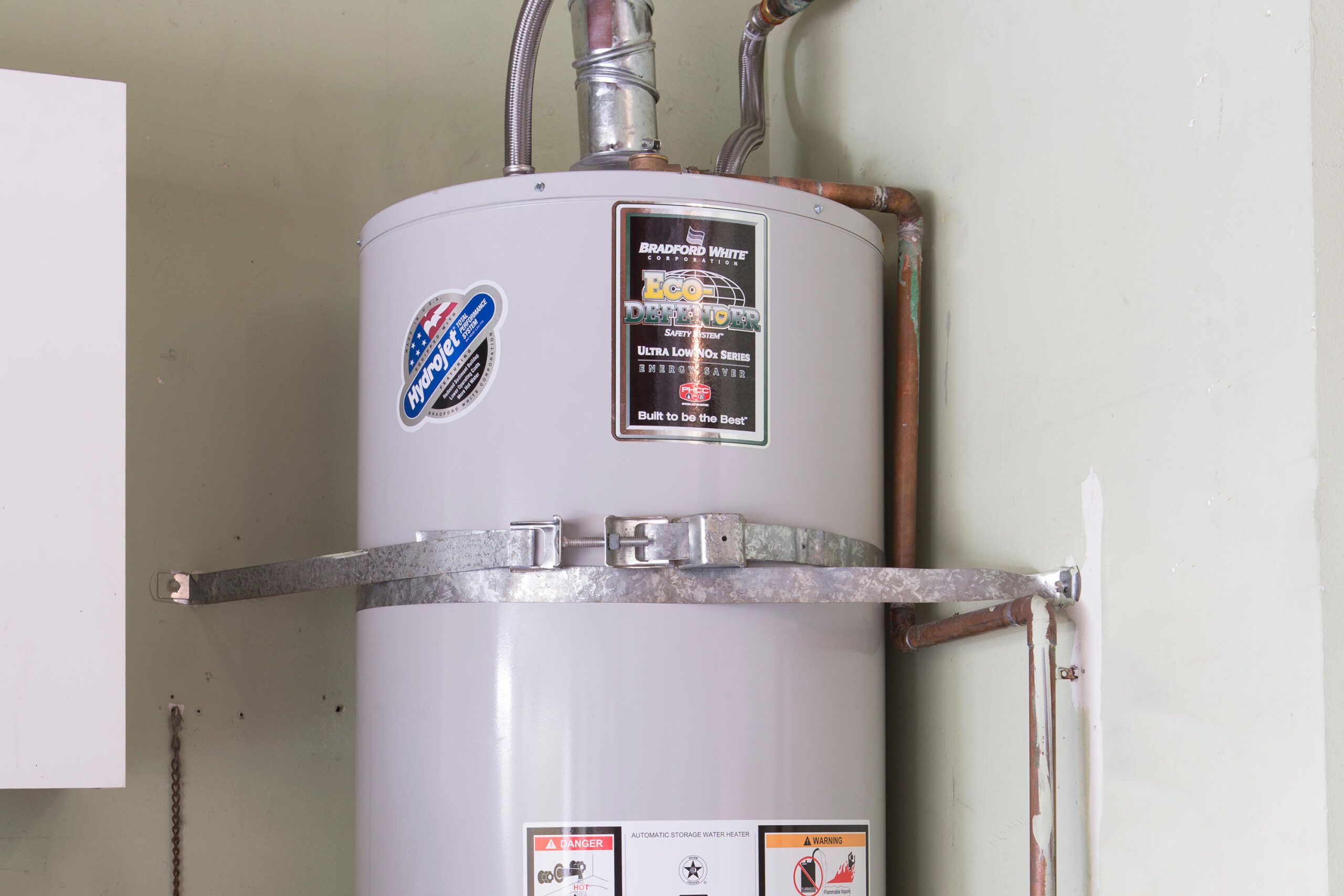Effective Methods to Care for Your Home's Hot Water System Effectively
Effective Methods to Care for Your Home's Hot Water System Effectively
Blog Article
This post down below involving What Kind of Maintenance Do Water Heaters Need? is amazingly attention-grabbing. You should see for yourself.

Warm water is necessary for day-to-day comfort, whether it's for a rejuvenating shower or cleaning dishes. To guarantee your warm water system runs efficiently and lasts much longer, routine upkeep is crucial. This short article gives sensible pointers and understandings on just how to preserve your home's hot water system to avoid disruptions and pricey repair services.
Intro
Keeping your home's warm water system could appear overwhelming, however with a few straightforward steps, you can ensure it runs smoothly for years to find. This guide covers every little thing from understanding your warm water system to do it yourself maintenance pointers and understanding when to call in expert help.
Value of Preserving Your Hot Water System
Routine upkeep not only expands the life expectancy of your warm water system but also ensures it runs efficiently. Disregarding maintenance can bring about reduced efficiency, greater power bills, and also early failure of the system.
Indications Your Warm Water System Demands Maintenance
Understanding when your warm water system needs focus can avoid significant concerns. Look out for signs such as irregular water temperature level, odd sounds from the heater, or rusty water.
Comprehending Your Warm Water System
Before diving into maintenance jobs, it's useful to recognize the basic parts of your warm water system. Generally, this includes the water heater itself, pipelines, anode poles, and temperature level controls.
Monthly Upkeep Tasks
Normal monthly checks can help catch small concerns before they intensify.
Purging the Hot Water Heater
Purging your water heater removes debris accumulation, enhancing efficiency and lengthening its life.
Checking and Replacing Anode Rods
Anode poles stop rust inside the container. Inspecting and replacing them when worn out is important.
Checking and Readjusting Temperature Settings
Changing the temperature settings makes sure optimal efficiency and security.
Do It Yourself Tips for Upkeep
You can carry out numerous upkeep jobs on your own to maintain your warm water system in top problem.
Looking for Leakages
On a regular basis inspect pipes and connections for leaks, as these can result in water damage and higher bills.
Testing Pressure Alleviation Valves
Testing the pressure safety valve guarantees it operates properly and stops extreme stress accumulation.
Shielding Pipelines
Shielding warm water pipes reduces warm loss and can save energy.
When to Call a Professional
While DIY maintenance is helpful, some problems call for expert experience.
Facility Problems Needing Expert Aid
Instances consist of major leaks, electrical issues, or if your water heater is constantly underperforming.
Regular Expert Upkeep Conveniences
Specialist maintenance can consist of detailed evaluations, tune-ups, and guaranteeing conformity with security standards.
Verdict
Routine upkeep of your home's hot water system is necessary for effectiveness, long life, and expense financial savings. By complying with these tips and recognizing when to seek expert help, you can make certain a trusted supply of hot water without unexpected interruptions.
How to Maintain an Instant Hot Water Heater
Before tinkering with your hot water heater, make sure that it’s not powered on. You also have to turn off the main circuit breaker and shut off the main gas line to prevent accidents. Also turn off the water valves connected to your unit to prevent water from flowing into and out of the appliance. 2. When you’re done, you have to detach the purge valves’ caps. These look like the letter “T†and are situated on either side of the water valves. Doing so will release any pressure that has accumulated inside the valves while at the same time avoid hot water from shooting out and burning your skin. 3. When the purge valves’ caps are removed, you have to connect your hosing lines to the valves. Your unit should have come with three hoses but if it didn’t, you can purchase these things from any hardware or home repair shops. You can also get them from retail stores that sell water heating systems. Read the user’s manual and follow it to complete this task properly. When the hosing lines are connected, open the purge port’s valves. 4. You should never use harsh chemical cleaners or solutions when cleaning your unit. Make use of white vinegar instead. It should be undiluted and you’ll probably use about 2 gallons. 5. Now flush your water heater. This task should probably take about 40 minutes. We can’t give you specific directions for this because the procedure is carried out depending on the type, model and brand of your heater. With that being said, refer to the user’s manual. 6. When you’re done draining the unit, you have to turn off the purge port valves again. Remove the hosing lines that you earlier installed on each of the water valves. Put the valve caps (purge port) back in their respective places and be very careful so as not to damage the rubber discs that are found inside these caps. 7. Now that everything’s back in place, check your user’s manual again to find out how to reactivate your water heating system. 8. Once it is working, turn one of your hot water faucets on just to let air pass through the heater’s water supply pipes. Leave the tap on until water flows smoothly out of it. https://www.orrplumbing.com/blog/2014/september/how-to-maintain-an-instant-hot-water-heater/

As a passionate reader on Tips on Maintaining a Water Heater, I thought sharing that excerpt was smart. Kindly pause to share this content if you liked it. Kudos for being here. Return soon.
Book A Service Report this page